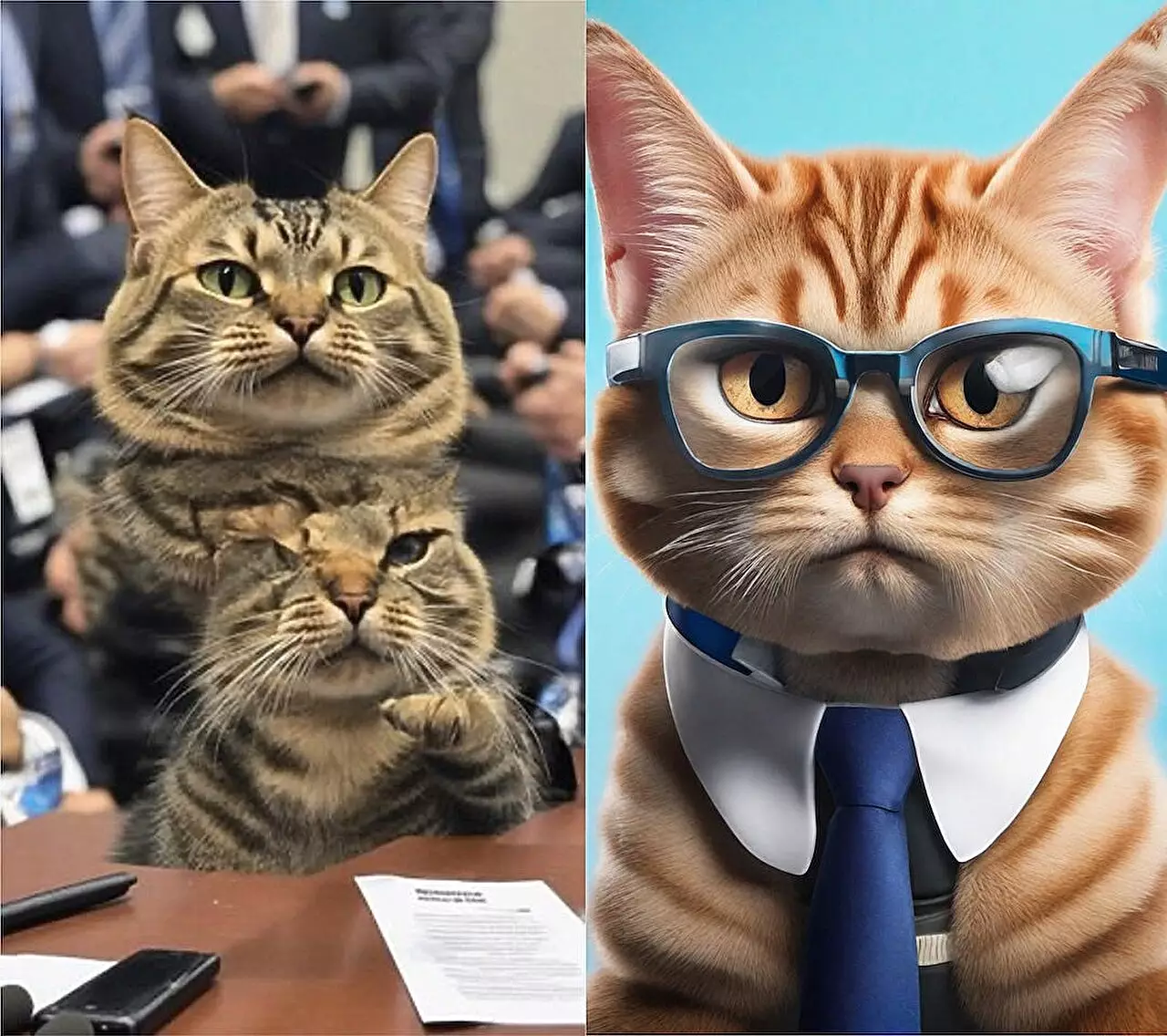Generative artificial intelligence has made significant strides in creating compelling visual content. However, it has not been without its challenges. These systems often produce inconsistent images, particularly faltering on intricate details such as facial features or the natural alignment of fingers. When tasked with generating images in various resolutions or aspect ratios, traditional generative models encounter pronounced difficulties, leading to visual anomalies. Recent advancements from computer scientists at Rice University present a promising alternative with their innovative technique known as ElasticDiffusion.
Diffusion models, including popular versions like Stable Diffusion, Midjourney, and DALL-E, function on a unique premise. They begin with images infused with random noise, progressively removing that noise to unveil coherent images. Moayed Haji Ali, a doctoral candidate at Rice University, explores this concept in depth. “While these models are capable of generating vivid and lifelike images, they are inherently limited to producing square formats,” Haji Ali notes. When attempting to create non-square images, models often display repetitive elements that can distort the intended visual outcome.
This limitation leads to the production of odd visuals: for instance, a person depicted with six fingers or a vehicle that appears elongated or distorted. This issue results from a phenomenon known as overfitting, an inherent flaw where models excel at replicating their training data but struggle to adapt beyond those learned parameters. The solution to broadening the model’s capability typically involves extensive training on a diverse array of images, requiring immense computing power and resources.
Haji Ali and his colleagues propose ElasticDiffusion as a solution that meticulously separates pixel-level details from overall image structures. Instead of amalgamating local and global information into a single stream, the new method delineates a path for conditional generation that houses localized details and another for unconditional generation that encompasses the broader image context. This separation allows for a more coherent synthesis of the two data types, preventing the visual imperfections typically encountered with non-square aspect ratios.
The approach also draws from the concept of using intermediate representations of the model for scaling purposes. When generating images, ElasticDiffusion operates by applying detailed local signals in quadrants of the image while maintaining the overarching global signals independently. This distinct handling ensures that the final output remains clean and visually accurate, effectively sidestepping the redundant repetitions observed in conventional models.
The process ushered in by ElasticDiffusion represents a fundamental shift in how generative AI handles image creation. Where existing models generally bundle information together, thereby risking confusion and repetitiveness, Haji Ali’s technique allows the system to operate with enhanced clarity and fidelity. This ensures greater flexibility in producing images across a variety of aspect ratios without necessitating prolonged additional training phases.
Despite the advantages presented, a notable drawback of ElasticDiffusion remains its computational demands. Currently, the generation time is substantially longer, clocking in at up to six to nine times the duration needed by traditional models like Stable Diffusion. Haji Ali is working toward refining this aspect, aiming to match or even exceed the processing speed of established models while enhancing their adaptability and efficiency.
Looking ahead, the research initiated by Haji Ali and his team holds vast potential. Not only does it promise to redefine how generative AI processes and creates images, but it also lays the groundwork for future frameworks that could seamlessly adapt to any image aspect ratio, regardless of the original training limitations. The long-term vision is to achieve a system where efficiency and output quality coexist—shrinking the time consumed during image generation.
As generative artificial intelligence continues to evolve, approaches such as ElasticDiffusion may redefine the expectations of image synthesis, offering new possibilities in creative domains. Ultimately, this innovative method could pave the way for a new generation of generative models that address current inadequacies, enhancing both user experience and the artistry of AI-generated content. With ongoing efforts to optimize ElasticDiffusion, the future of image generation could be brighter and more versatile than ever before.


Leave a Reply